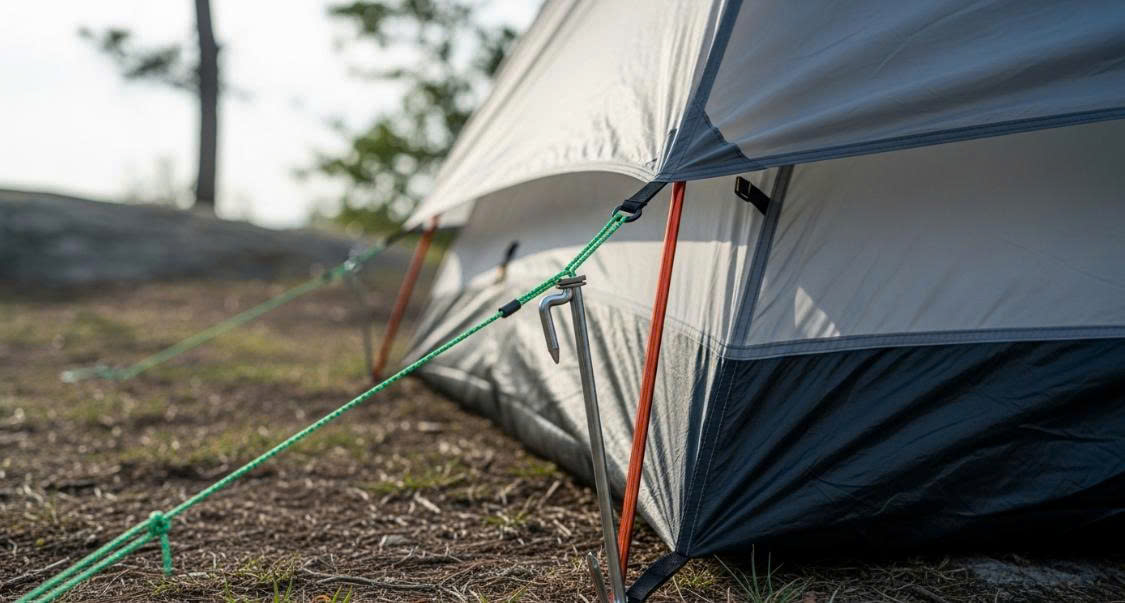Simply put, improving your golf IQ means taking a smarter, more strategic approach to each shot. Assessing risks and rewards, having a clear plan based on accurate club distances, and reading conditions - those are the hallmarks of informed shot-making.
It's easy to understand the importance of those elements in theory, but executing them under the pressure of a round is where many mid-handicap golfers like myself often falter. That's why continuously working to get better at assessment is so important for long-term scoring success.
According to esteemed instructor Tim Cooke, one of the true separating factors at amateur levels comes down to decision-making. How well can you objectively analyze the situation before you to optimize scoring chances? After years of observations, he's found even skilled ball-strikers sometimes make poor choices that negate otherwise good shots.

Luckily, Cooke has pinpointed three vital questions for any golfer to ask themselves on each shot in order to sharpen their "pre-shot IQ". After working with pros and recreational players alike, he is convinced learning to dissect lies, conditions and targets more intelligently can pay significant dividends. Let's examine his insights more closely...
1. Assessing the Ball's Lie
Taking a moment to examine the ball's lie is one of the most overlooked aspects of pre-shot preparation, yet it provides important clues that can seriously impact results. According to Coach Cooke, pay extra attention to:
- The slope's influence on ball flight - shots from steep downslopes tend to fly much lower with a subtle fade for righties.
- How the ball sits upon the grass - players must adjust the attack angle and swing accordingly based on whether the ball is cupped or flattened on the turf.
- Grass conditions near the ball - soft lies promote an even bottoming out motion, while firm areas and wetness call for a slightly shallower attack to eliminate digging and thin fat shots.
The difference between properly optimizing one's swing to a good or bad lie cannot be overstated. While casual golfers often rush through this important evaluation, Cooke stresses observing these fine details which often spell the difference between disappointing trips and stellar performances on greens.
Related: What Is Layup In Golf?
2. Considering Environmental Factors
Assessing the elements between club and pin is another critical aspect of sharpening one's golf IQ according to Coach Cooke. Changes in wind speed and direction, as well as altitude variations from a player's normal terrain, cannot be overlooked when properly gauging distances.
When Mother Nature intervenes, it's important to have a general framework for adjusting carries based on reported wind conditions. As a guideline, anticipate adding one yard per each mile of headwind or subtracting one yard for every two miles of breeze behind you.
Similarly, altitude plays a significant role that amateurs frequently fail to acknowledge. Approximately a two percent distance boost exists for every 1,000 feet you gain in elevation from the lowlands. Fully appreciating these atmospheric impacts ahead of your swing will more accurately depict reachable par 4s and 5s versus potential overcooks of shorter holes.
Observing how weather and topography affect the ball's true flight is an essential element of planning smart, strategic golf. It's a subtle edge that defines the line between three-putts and long-range conversions.
3. Targeting for Success
Selecting the ideal landing zone based on proximity to the hole is the third key aspect of pre-shot evaluation according to Coach Cooke. Following this simple guideline can easily save numerous strokes.
If a 100-yard approach leaves only a four yard buffer to a front edge hazard, prudence dictates laying up five yards short according to the recommended "5% rule". Of course, common sense may warrant an even more conservative target near water hazards or deep bunkers.
With focus, gathering all necessary information on lie, weather and aiming point can transpire in under 15 seconds. This allows confident, assured swings towards optimized sections of the green rather than riskier shots which could send the scorecard in the wrong direction.
The gift of time spent properly vetting each shot scene will pay large rewards down the road as your assessment instincts sharpen. Soon, wise target selection and mitigating costlyerrors will seem as natural as your grip - the very definition of improving one's golf IQ.
Related: Is the 'Leaf Rule' Real? The Answer May Surprise You








.jpg)
.jpg)






